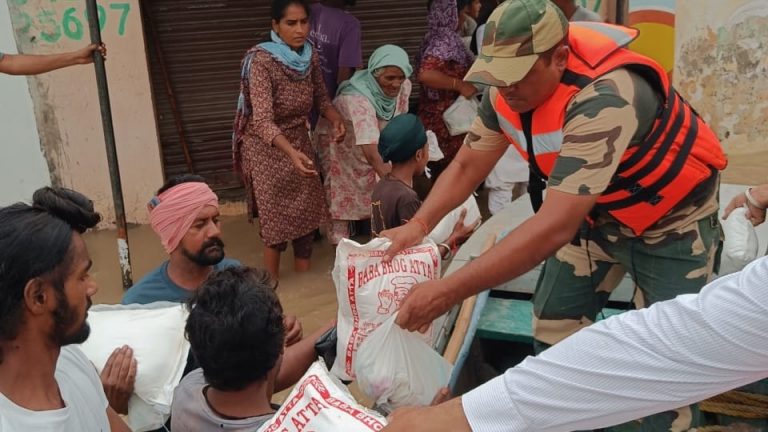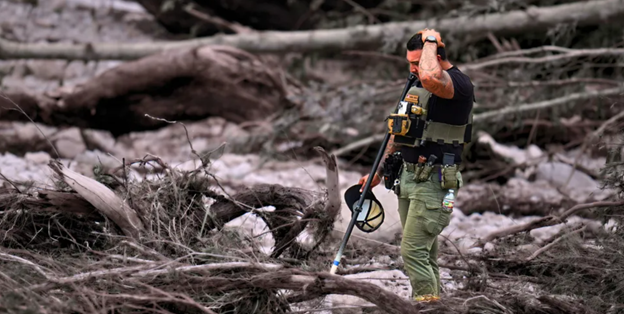Left Movements In South Asia Call For Increased Mobilizations
Hundreds of people have lost their lives and millions their livelihoods and homes due to persistent flooding in India and Pakistan. The unprecedented rains in the last month have caused the rivers in the northern parts of both countries to flood most of the province of Punjab on either side of the border.
Several other areas in both countries have been badly affected by the floods, such as Sindh and Khyber Pakhtunkhwa (KP) in Pakistan and Himachal Pradesh, Jammu and Kashmir, and Haryana in India.
Both countries have deployed their armed forces to evacuate thousands of people trapped in areas submerged in water and to run other forms of relief work, due to ineffective disaster management bodies.















